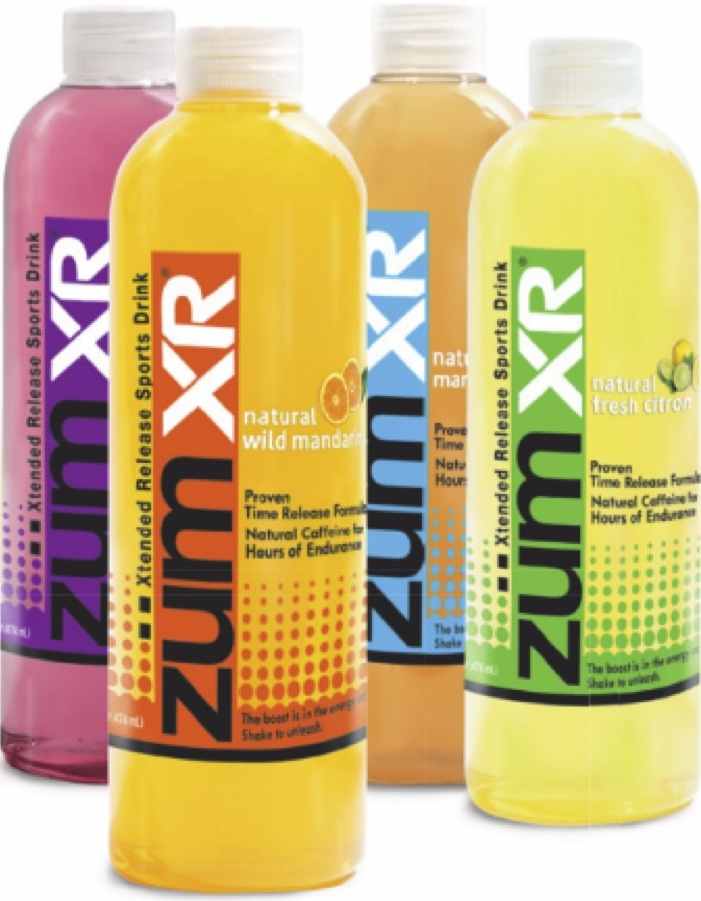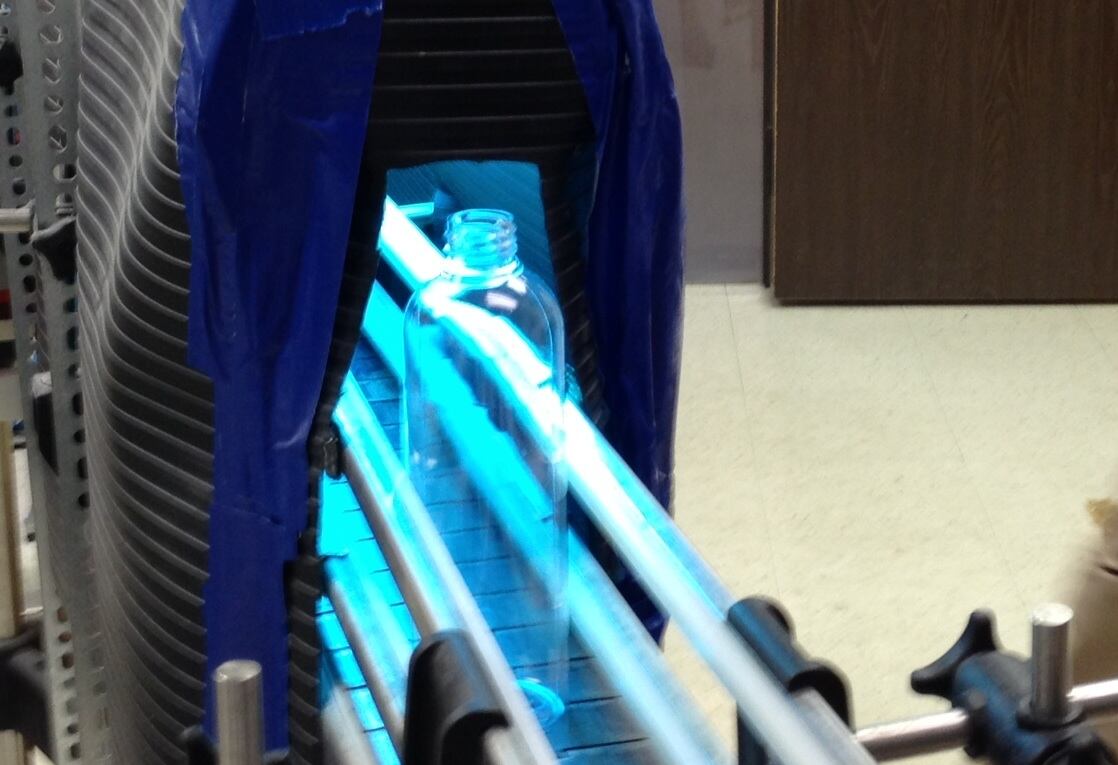Sustained energy can mean a number of things; some foods in the space use the term to refer to the use of complex carbohydrates that digest more slowly, providing a slow, sustained rise in blood glucose levels. Züm takes a different tack, and uses ideas that Niichel borrowed from a previous career in the pharmaceutical industry.
“In pharmaceuticals there are a lot of products that have sustained release elements,” Niichel said. “And we thought how great it would be if we could bring that technology into a beverage.”
Niichel said he saw a need for a product that purported to do the same but with caffeine.
Delivering timed release and a jolt, too
At the heart of the product is a beadlet technology Niichel developed to encapsulate caffeine and release it over a period of hours rather than the steep delivery curve typical of other caffeinated beverages such as energy beverages or coffee. The delivery curve rises slowly and peaks at a relatively low level, Niichel said, so the peak caffeine level in the blood is much lower than with the same amount of caffeine delivered all at once.
But that posed a problem, too, Niichel said. More so than many other categories of foods and supplements, consumers have been conditioned to expect an instant, recognizable effect from an energy product.
“When you talk to marketers in this space, you find that energy products are about the experience. The consumers want that jolt, they want to interact with the packaging. You’ve got to deliver that,” Niichel said.

To deliver the best of both worlds, Niichel formulated the product with some caffeine up front in the beverage mix itself as well as a bigger amount within the beads. The amounts, clearly disclosed in the label, are 30 mg instant release and 60mg timed release per 8 oz serving. The drinks, which are sold as beverages, not liquid supplements, are packaged in 16 oz. bottles.
Patented technology
While the beadlet idea was not in and of itself an innovation, the idea of using it for caffeine in a beverage was, Niichel said. And it took a couple of years of development to get the coating for the beads right so that they could remain stable on the shelf for a couple of years and release at the right point in the body, when the pH rises to about 8 in the small intestine. The company has been granted three patents on the technology, Niichel said.
“We have to disclose the ingredients on the label, like monocrystalline cellulose. So then the technology revolves around the grades you use and the processing. And that’s what we’ve got the patents on,” he said.
The company’s brand strategy has been to go for a top shelf, natural positioning. In other words, Niichel said, to make a premium product and attract the highest level of consumers, and then spead out from there. The company uses ingredients, such as caffeine from green tea extract, that fit into a natural positioning. That helped get them on the shelf in the western reagion of Whole Foods, where the 10-month-old brand became the best selling beverage in the category in the most recent reporting period, Niichel said.
The company’s demographics, which skew toward older, higher income consumers in the 25-65 year old age bracket, matches well with Whole Foods, he said.
“Whole Foods told us no other beverage has risen that far that fast."
The company will shortly be pitching additional Whole Foods regions, and he see more opportunity on the horizon, especially in the natural channel in stores like Sprouts, which according to Niichel recently took some other energy beverages off the shelf, such as Monster and Rock Star.
Starting small

During a tour of the company’s pilot plant in Centennial, a southern suburb of Denver, Niichel showed off what he called “pharmaceutical grade” technology for the production of the beverages, which includes UV sterilzation of the bottles before filling. Working at a small scale to start meant the company could fine tune the formulation without costly changes worked through a contract manufacturer.
One of the formulation challenges the company worked through was how to best deliver the beads. Trying to suspend the easily visible beads meant the product became unacceptably viscous and turbid, which affected the taste, Niichel said. So the company went for clarity and good taste first, and let the beads sink to the bottom. The recommended consumption mode—to drink most of the beverage and swirl the beads to suspend them in the last few ounces as a sort of bonus—has resonated with consumers, Niichel said.
While the pilot plant has afforded flexibility, as the brand grows toward $1 million in sales the time is fast approaching when the company will need to seek out a contract manufacturer, Niichel said. Manufacturing the beads themselves is something Niichel said he'll keep in house even as the bottling moves off site, probably to Southern California.
